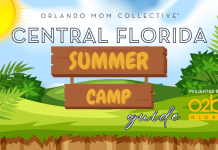LICE. (That got your attention, didn’t it?!) Today, Nemours CareConnect debunks five common myths about lice and the truth behind them.
Every few months, some kind of infection sweeps through classrooms, camps and daycare centers — chickenpox, colds, pink eye and ear infections — each taking their turn infecting children. One occurrence, though, seems to send parents into a tailspin when there’s a slightest whisper of the dreaded word — lice. And now, with the appearance of what many are calling super lice — or lice that are resistant to most over-the-counter treatments — parents are more concerned than ever about the little creatures that nest in children’s hair.
First and foremost, super lice are still treatable, but instead of the affordable over-the-counter remedies, super lice can be treated with an expensive prescription medication that only some insurance companies will cover. Prevention is the best solution for your child — and your bank account.
With all of the tips, tricks and rumors about lice you may have heard, it’s difficult to tell exactly what’s true and what’s gossip. Here are five common myths about lice and the truth behind them.
Myth: My dog or cat probably picked up the lice and gave them to my child.
Fact: Animals are not able to contract or transmit human lice.
More common ways kids get lice include:
- sharing brushes and hair care products
- direct contact with infected hair (Ever notice how your kids take selfies? Most put their heads right next to each other with their hair touching!)
- even while shopping, trying on hats and hair bands
Although the family pet may be the easiest one to blame, only people can give each other lice.
 Myth: If my child has lice, he must be dirty and needs to bathe more often in the future.
Myth: If my child has lice, he must be dirty and needs to bathe more often in the future.
Fact: Lice really don’t care where they live.
The host can be squeaky clean or dripping in grease. These little parasites just want a warm head from which they can take blood to survive.
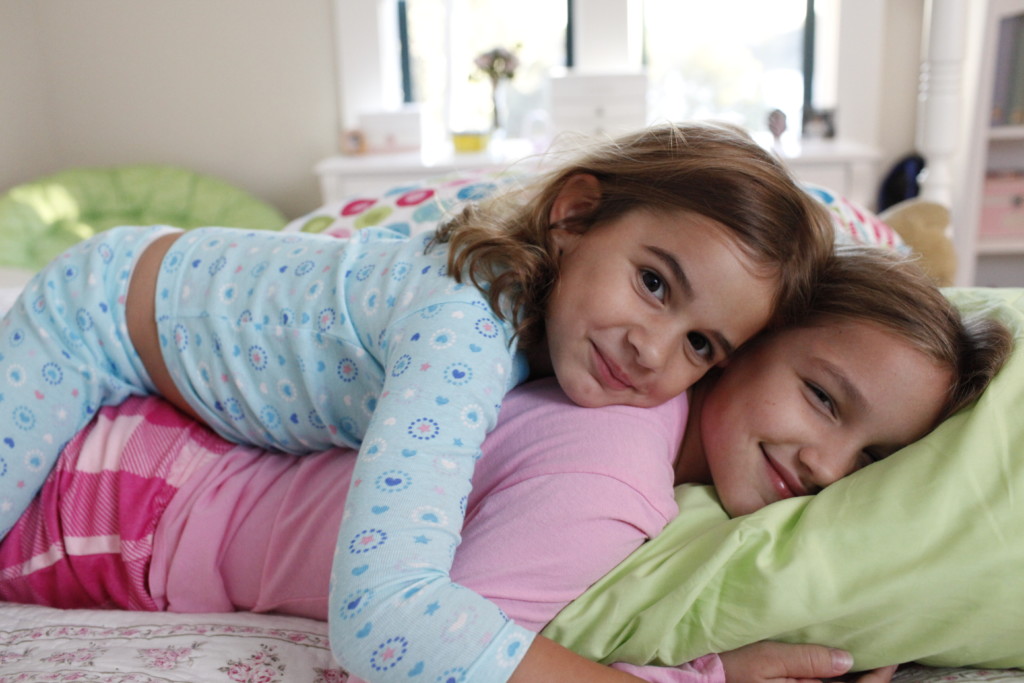 Myth: If my child has lice, I should treat my entire house to make sure all of the little pests are gone.
Myth: If my child has lice, I should treat my entire house to make sure all of the little pests are gone.
Fact: It’s not necessary to treat the entire house.
While it is important to wash bed sheets, stuffed animals and any other surfaces kids may have put their heads on, don’t break your back cleaning the whole house. Lice need blood to survive and will die without it — if they’re away from a warm scalp for more than 24–36 hours, the lice will die. Sheets should still be washed in hot water and dried on the hot dry cycle, while stuffed animals that can’t be washed can be put in the dryer for 30 minutes.
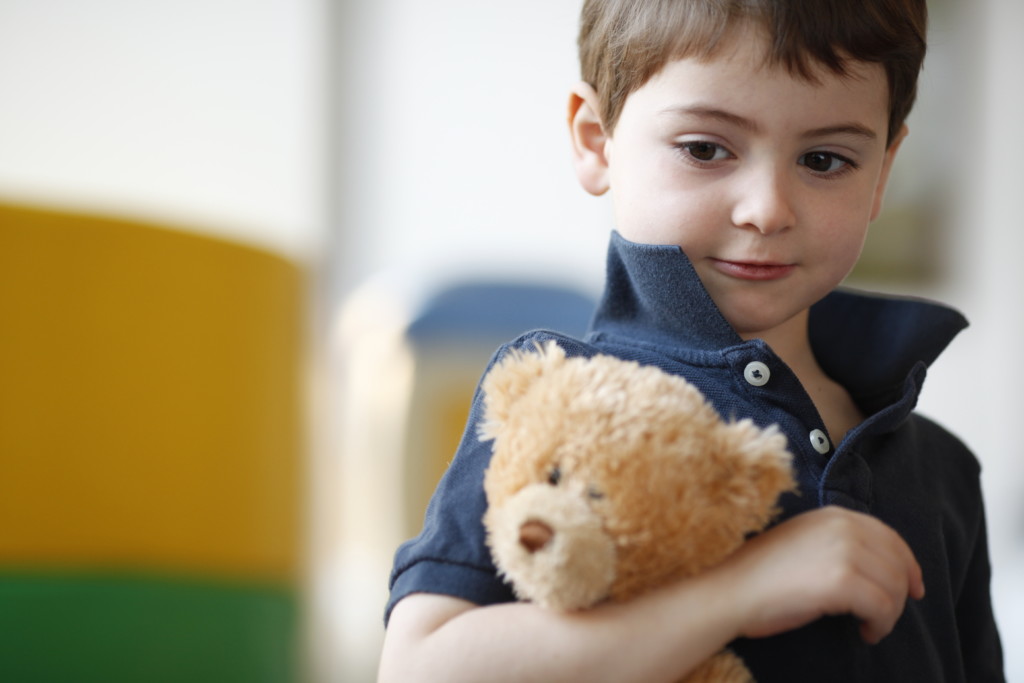 Myth: Any kids with lice should stay home from school until they’re lice-free.
Myth: Any kids with lice should stay home from school until they’re lice-free.
Fact: “No-nit” policies — or rules that require kids to stay home until they’re completely cleared of lice — have proven not to reduce the number of head lice cases.
Children can and should still go to school, as long as they’re careful not to share hair products or touch hair with any of their classmates.
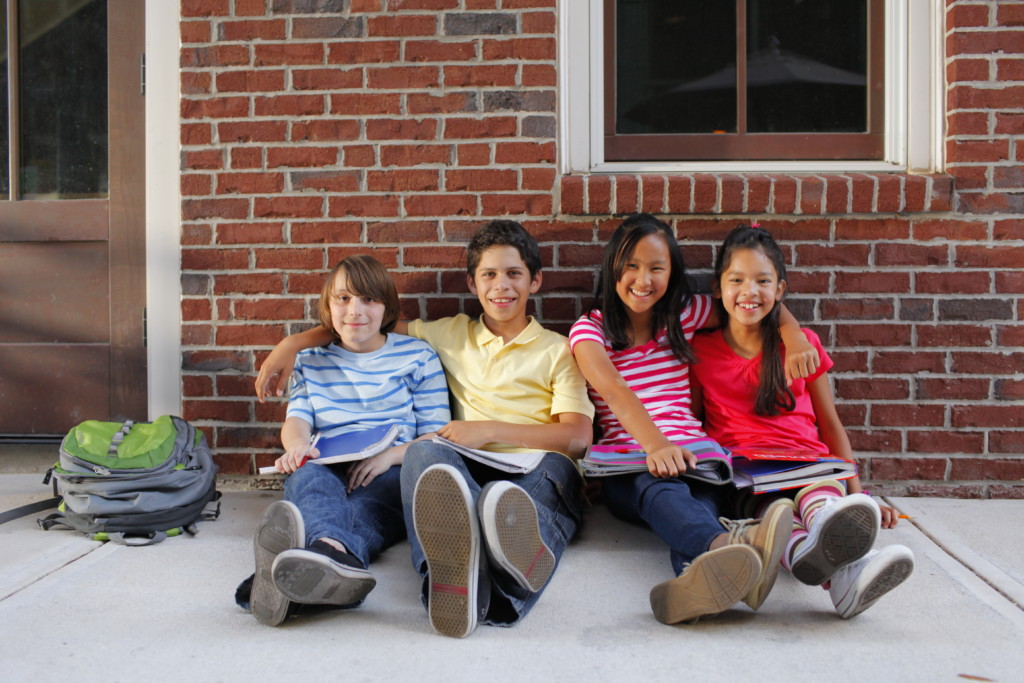 Myth: Home remedies such as petroleum jelly, mayonnaise and olive oil are effective treatments for head lice.
Myth: Home remedies such as petroleum jelly, mayonnaise and olive oil are effective treatments for head lice.
Fact: This one is actually partially true.
These home remedies haven’t been proven to be effective, but they do appear to help in suffocating live lice. They do not, however, treat any eggs the lice have laid. That means once those eggs hatch, kids can (and probably will) still have lice in their hair.
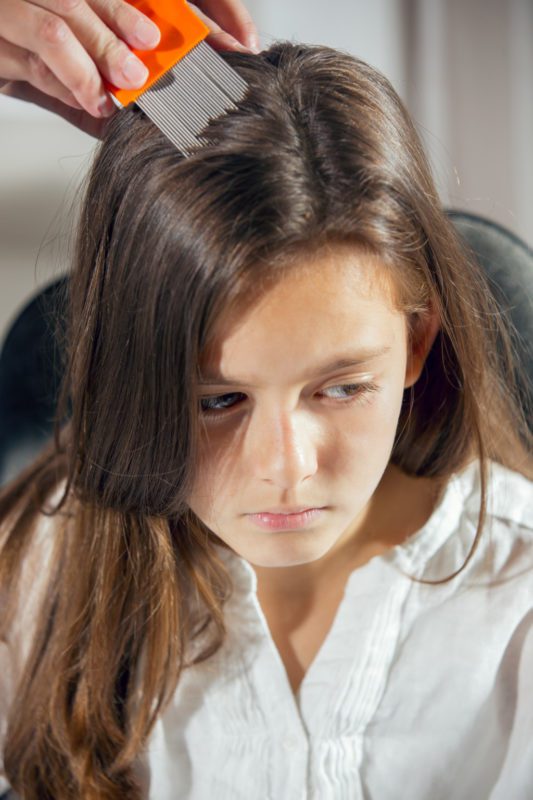
So what measures can you take to protect your child from these super lice? As previously mentioned, the best option is prevention. This is possible if you:
- Remind kids that they shouldn’t use hats, brushes and helmets that don’t belong to them.
- If your child has long hair, encourage her (or him) to keep it braided or styled in a ponytail so it’s less likely to come in contact with other children’s hair.




